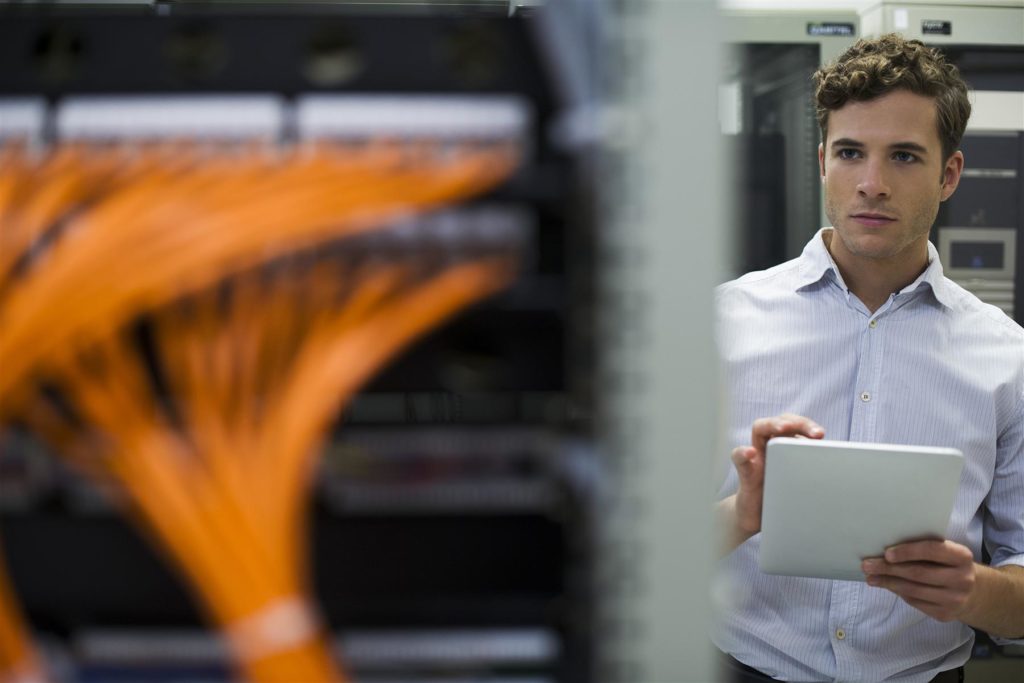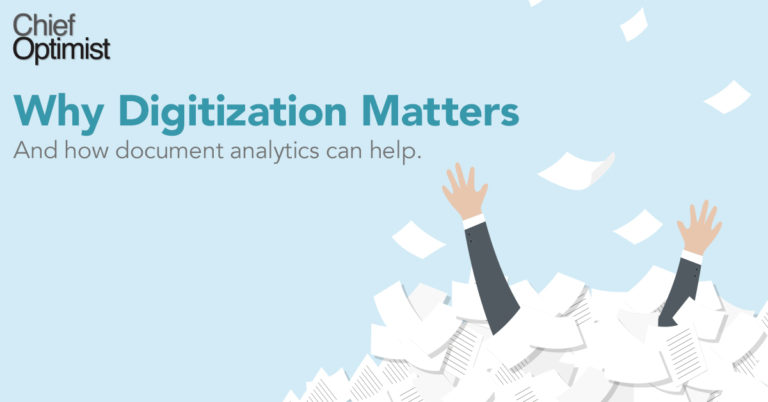Guest post by Scott Klososky, technology speaker, author, consultant and founder of Future Point of View
Recently I participated in a panel at the Gartner Symposium with Xerox CISO Dr. Alissa Johnson, Candace Worley, Chief Technical Strategist for McAfee, and Sergio Caltagirone, director of threat intelligence and analytics at Dragos. One of the main topics of conversation was a subject ripped from the headlines: a historic fiasco with far reaching consequences. We are only beginning to understand the fallout from a breach, announced in September, which exposed the personally identifiable information of roughly half of the American population. The Equifax breach which exposed dates of birth, social security numbers and other sensitive information of around 145 million people is a game-changer. It’s also the apex of what is a growing trend: the mega-breach.
In the same month in which the Equifax breach was declared to the public, fast food chain Sonic announced it too had been the victim of a breach in which it coughed up reportedly millions of credit and debit card information. These are just the latest in a string of mega-breaches that seem to be escalating in frequency and intensity. So how do we and the organizations that are handling our private data better protect this data? Here are three ways we might use technology to secure our private information more effectively:
Biometrics:
Biometrics encompass a wide range of identification techniques including fingerprint and retinal scanning, facial recognition, gait measurement, even behavioral motion such as the way an individual moves a mouse across a screen or the recorded rhythm of their keyboard clicks. Although there have been some high profile false positives in fingerprint and facial biometrics, this is a field that will mature in the near future.
Artificial Intelligence/Machine Learning:
One of the great challenges of cybersecurity is sifting through enormous amounts of data to understand and halt cyberattacks. Intelligent machines, such as Xerox’s ConnectKey® devices, will help human cybersecurity professionals more quickly and effectively locate and terminate attacks while also helping them to be proactive to stop attacks before they start.
Blockchain:
The promise of blockchain is that it can more successfully protect sensitive records and advance the security of encryption keys. It holds that a decentralized system is safer than a centralized one vulnerable to attack. The blockchain is already working to lessen our reliance on passwords, improve the authenticity of internet certificates, and help increase the privacy of digitally-based communication.
These are three technologies that, in the coming years, will take a much greater role in protecting our digital data and personal information. With major breaches splashing the headlines constantly, this can’t come soon enough.
The future of cybersecurity is such a fascinating and critical subject. That’s why l am looking forward to the opportunities I will have to talk about this topic with Xerox.



